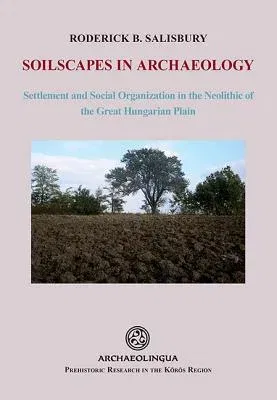Roderick B Salisbury
(Author)Soilscapes in Archaeology: Settlement and Social Organization in the Neolithic of the Great Hungarian PlainHardcover, 22 November 2016

Qty
1
Turbo
Ships in 2 - 3 days
Only 5 left
Free Delivery
Cash on Delivery
15 Days
Free Returns
Secure Checkout

Part of Series
Archaeolingua Main
Print Length
329 pages
Language
English
Publisher
Archaeolingua
Date Published
22 Nov 2016
ISBN-10
9639911798
ISBN-13
9789639911796
Description
Product Details
Author:
Book Format:
Hardcover
Country of Origin:
HU
Date Published:
22 November 2016
Dimensions:
28.45 x
19.81 x
2.29 cm
ISBN-10:
9639911798
ISBN-13:
9789639911796
Language:
English
Pages:
329
Publisher:
Series:
Weight:
1202.02 gm